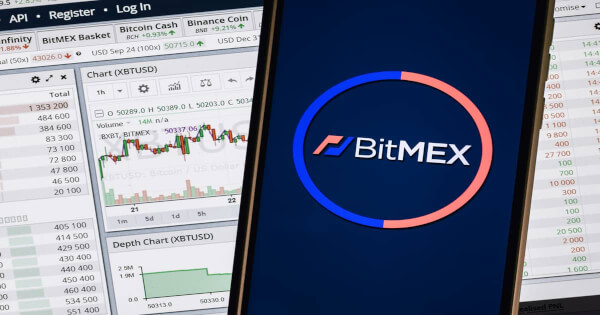Jessie A. Ellis
December 10, 2024 04:59
BitMEX has announced the listing of new quarterly futures contracts for the first quarter of 2025, effective December 10, 2024, enhancing trading options for users.
Leading cryptocurrency exchange BitMEX has introduced a new quarterly futures contract for Q1 2025, which launched on December 10, 2024 at 04:00 UTC. According to BitMEX, this latest addition expands the range of trading tools available to users, allowing for more strategic trading options in the cryptocurrency markets.
Quarterly Futures Extension
The introduction of these futures contracts marks BitMEX’s continued efforts to offer a variety of trading products. Quarterly futures are a popular choice among traders as they provide a set expiration date and allow speculation on the future price of a cryptocurrency. This strategic move appears to be aimed at improving the trading experience and catering to the sophisticated strategies used by institutional and professional traders.
access restrictions
BitMEX reiterated its compliance with international trading regulations, specifying that access to the platform is restricted to users from certain jurisdictions, including the United States, as described in its Restricted Jurisdictions Policy. The exchange maintains strict measures to prevent users from prohibited territories from engaging in trading activities and reserves the right to close accounts and liquidate open positions if violations are discovered.
global trade environment
As the cryptocurrency market continues to evolve, exchanges like BitMEX are expanding their services to meet the growing demand for derivatives. The launch of the Q1 2025 futures contract is part of a broader trend of exchanges strengthening their product lines to attract more traders and increase market liquidity. These developments are very important as they give traders more tools to hedge their risks and take advantage of market movements.
The cryptocurrency derivatives market has seen significant growth in recent months, driven by growing interest from institutional investors looking to diversify their portfolios. BitMEX’s move to list new quarterly futures is expected to contribute to this growth and position the exchange as a key player in the derivatives space.
Image source: Shutterstock

